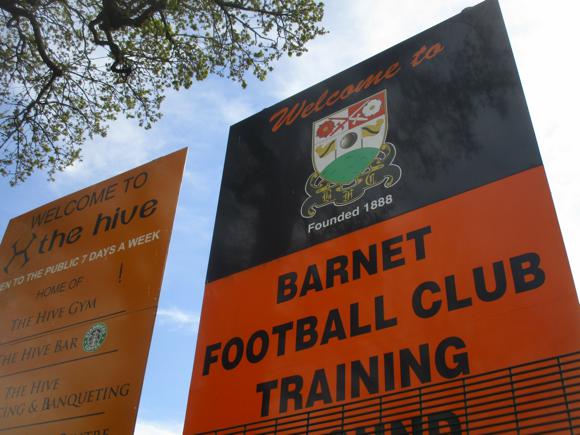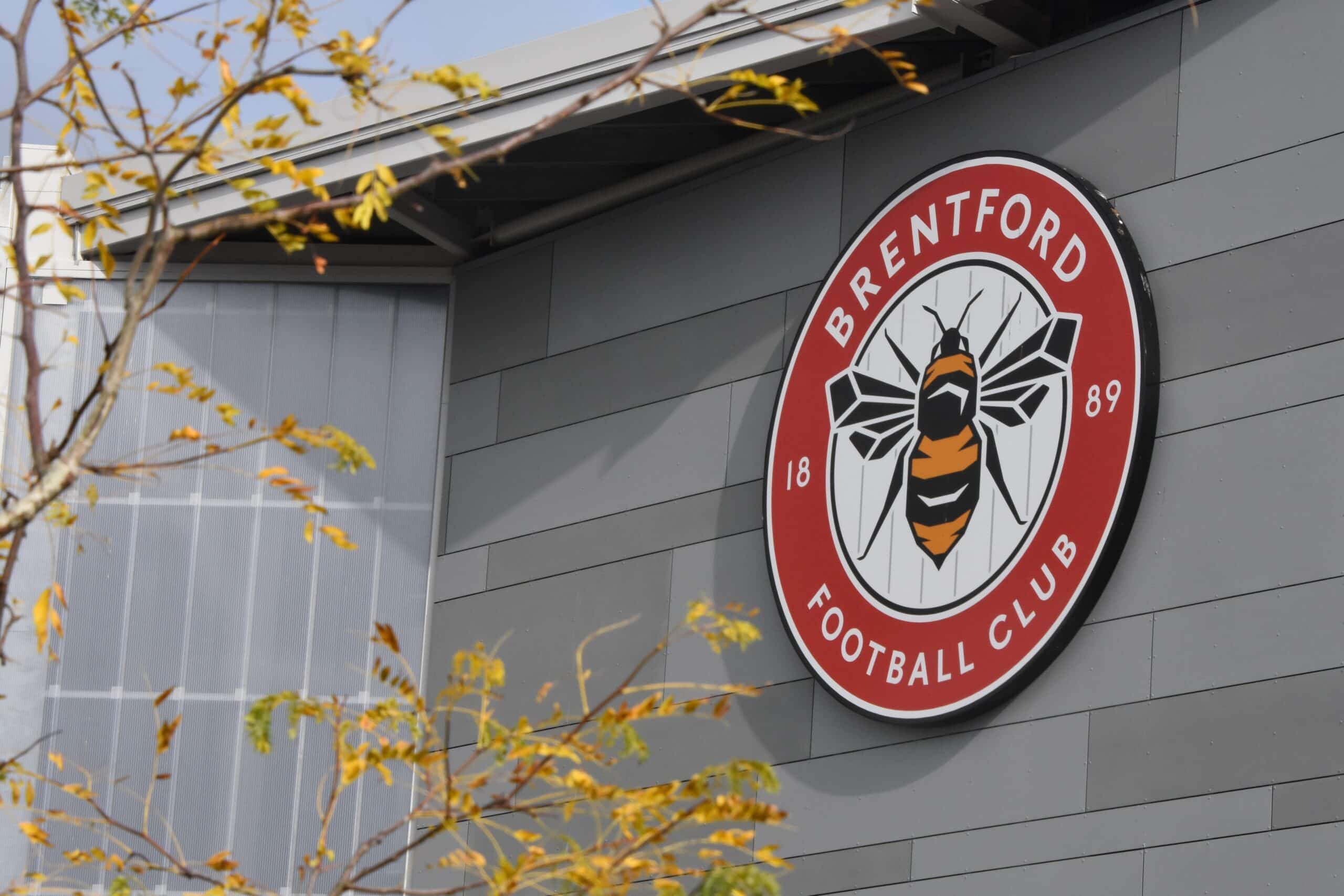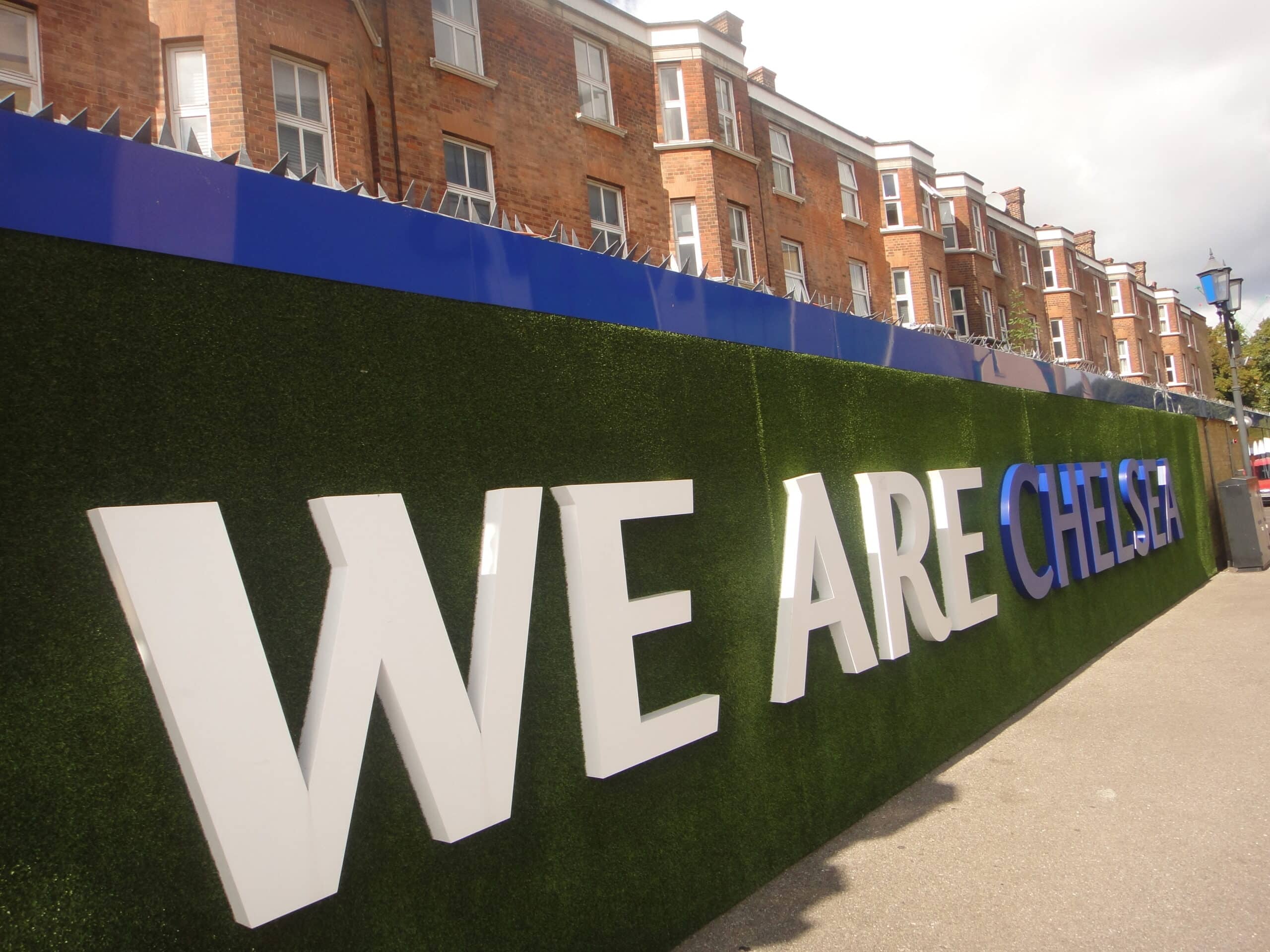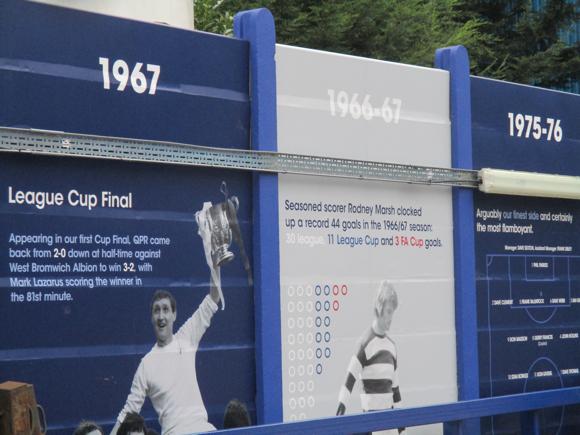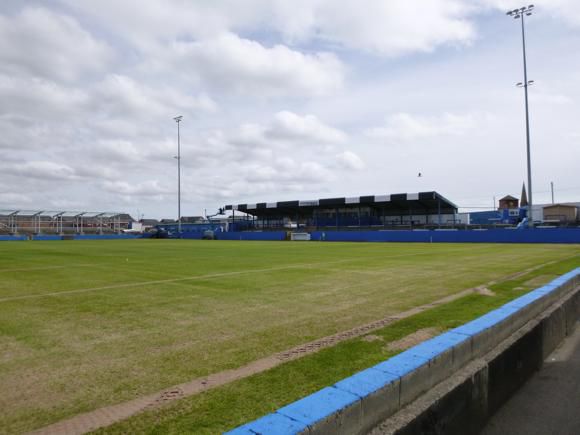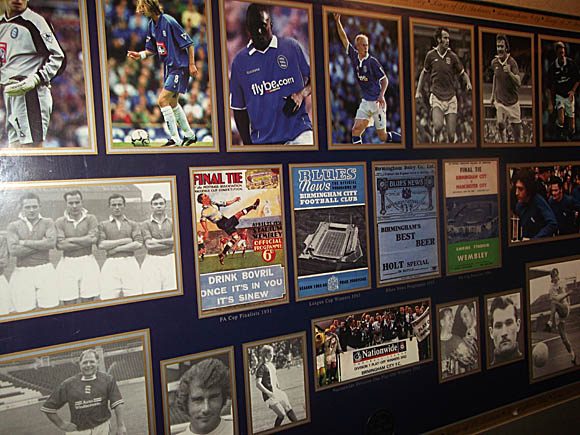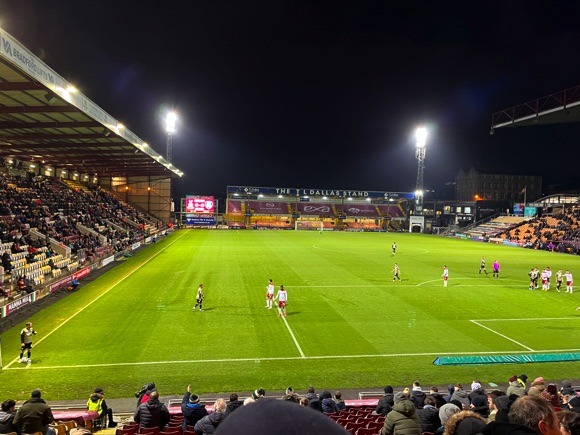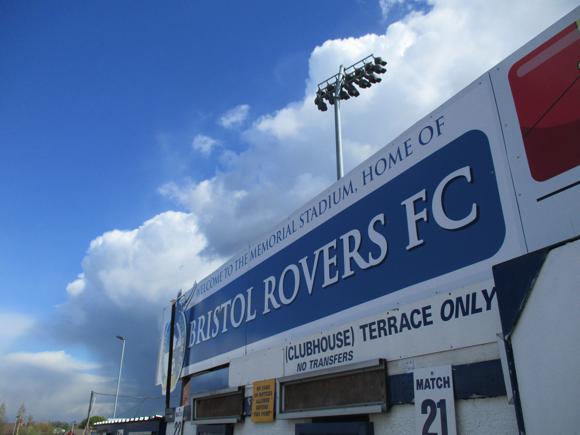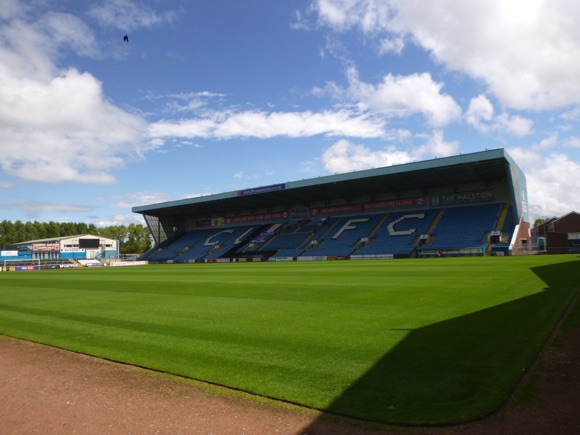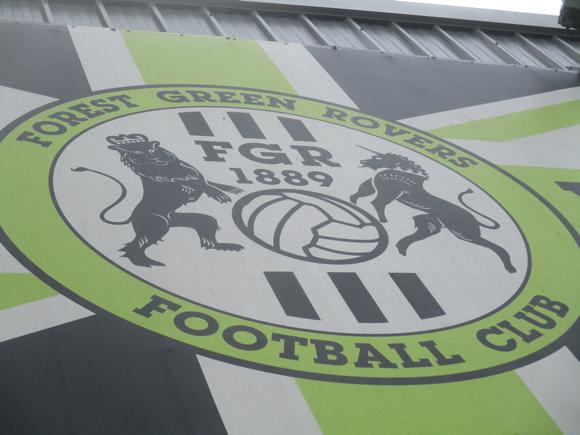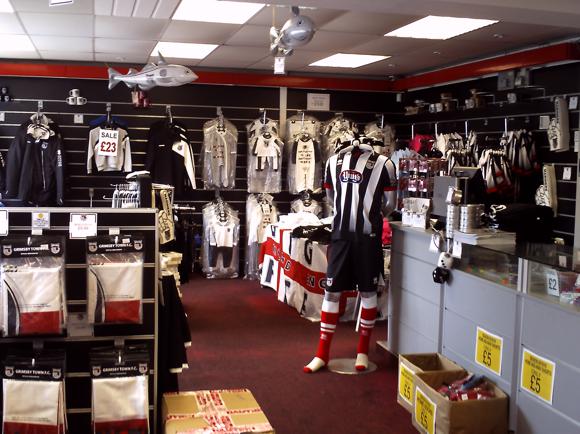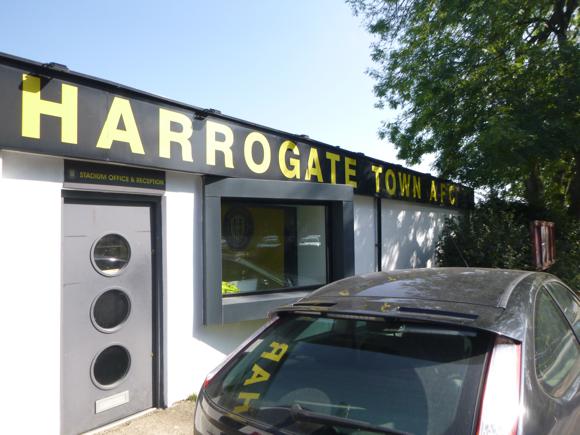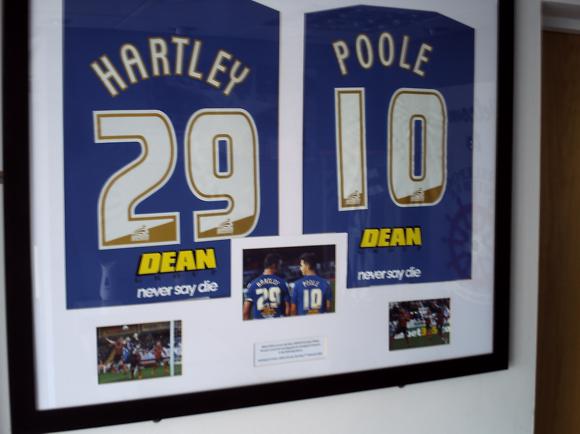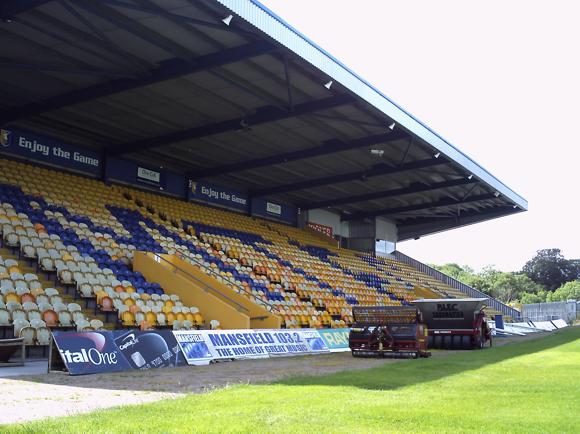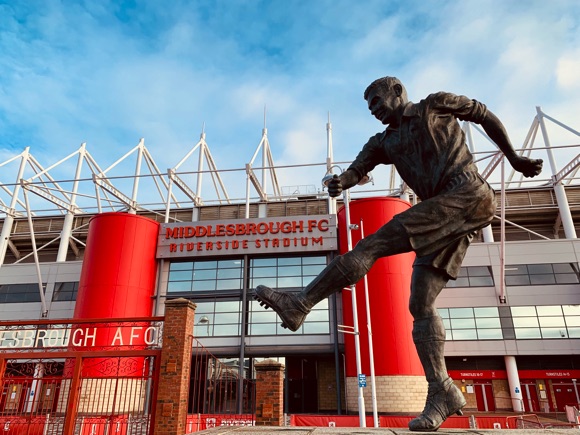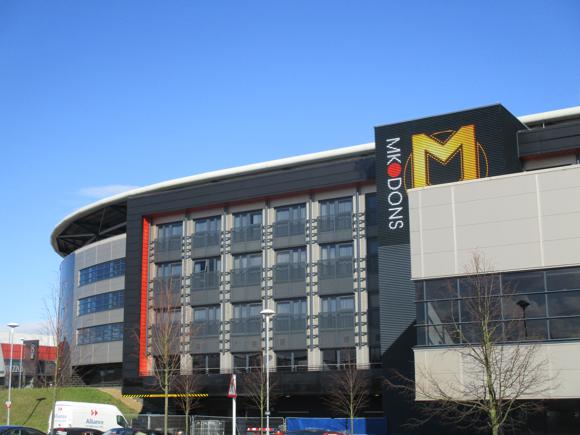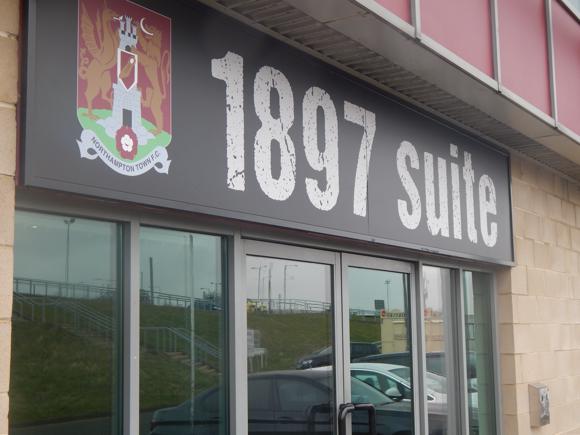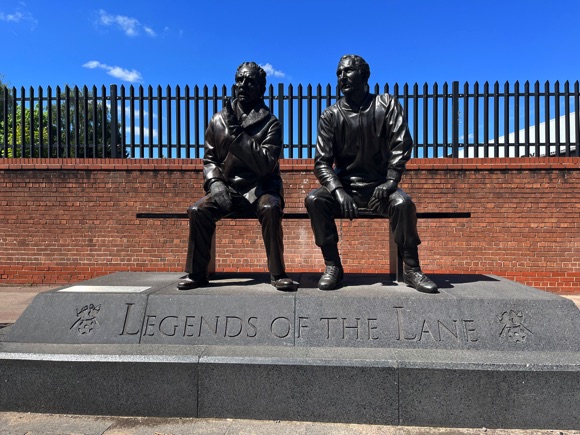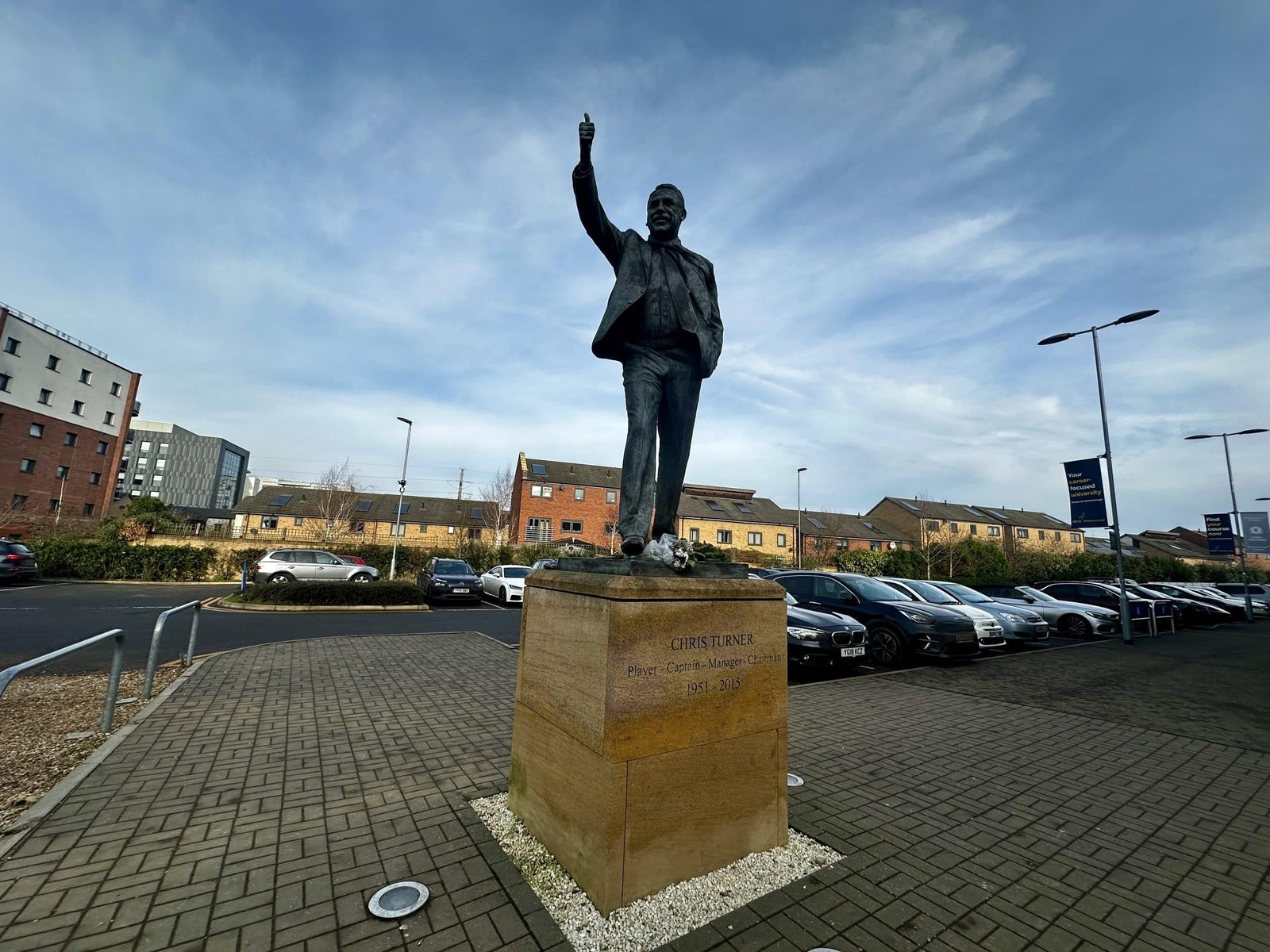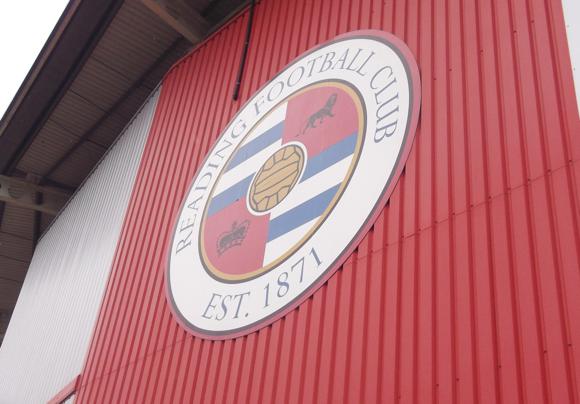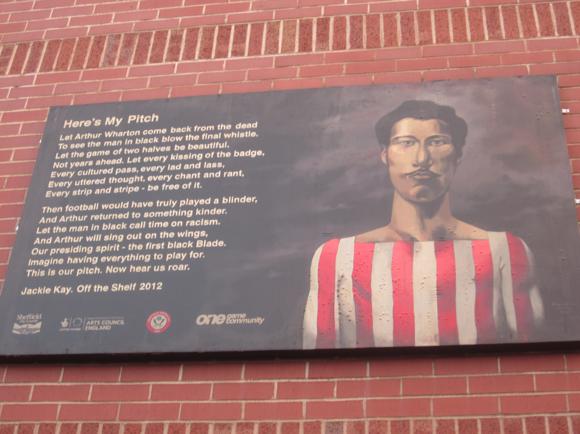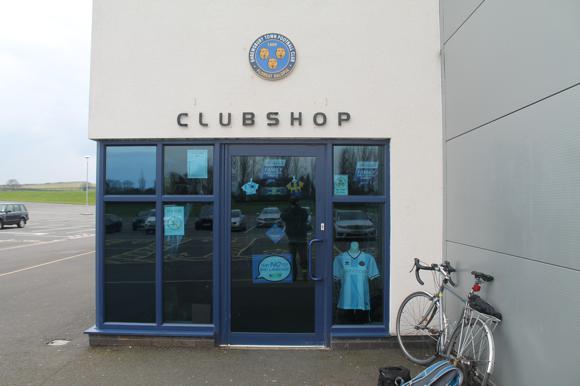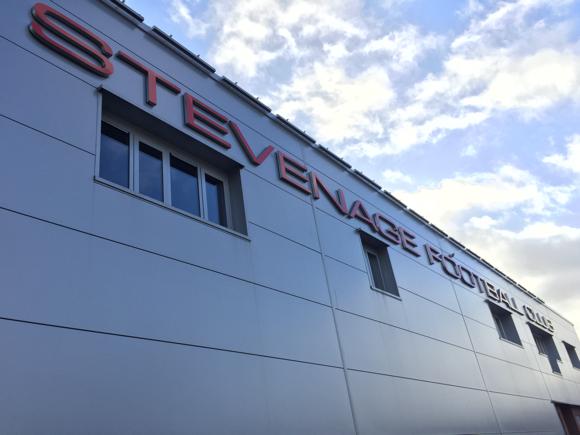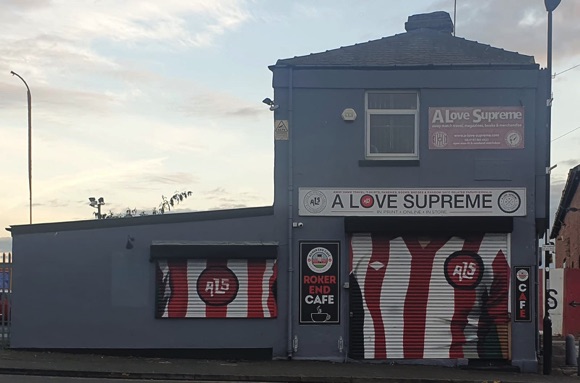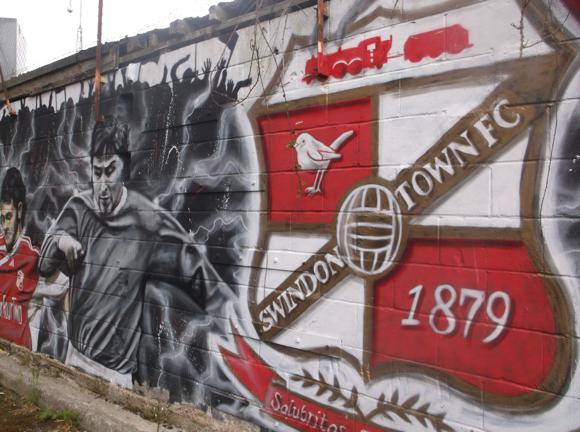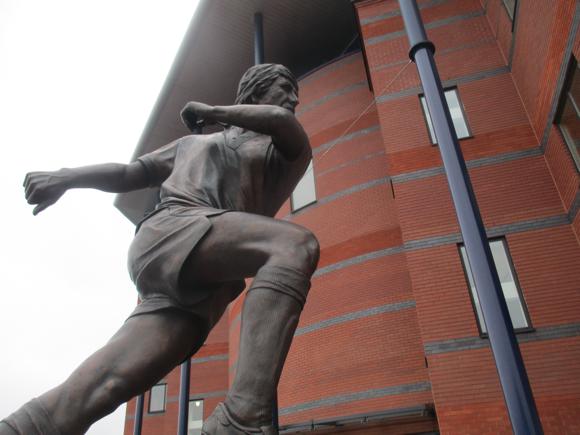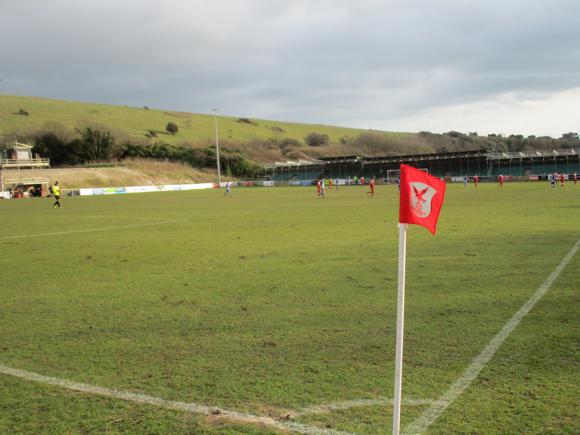A fan’s guide – the club from early doors to today
Tottenham Hotspur have failed to light up the Premier League since moving into their superb new-build stadium halfway through their historic run to a first-ever Champions League final in 2019. While group-stage games were played at Wembley, knife-edge clashes with Manchester City and Ajax in the quarter- and semi-finals took place at the Tottenham Hotspur Stadium.
England’s first-ever winners of a European trophy, back in 1963, then laboured in a dire final against Liverpool and have never come close to the podium since.
With the club’s 62,850-capacity stadium opened in spring 2019, Spurs were looking to recoup the £1 billion cost of the overall project. In Mauricio Pochettino, Spurs had a manager who could engineer his team to outshine most with significantly bigger budgets – until a 7-2 defeat at home to Bayern Munich that October and dip in league form ushered in the questionable arrival of José Mourinho.
Though the Special One survived Tottenham’s mauling by RB Leipzig in the Champions League Round of 16 in 2020, his next season was trophyless. Two years later, a frustrated Antonio Conte parted ways with Spurs after failing to get the club past the Round of 16 stage, prompting the €100 million departure of Harry Kane to Bayern Munich.



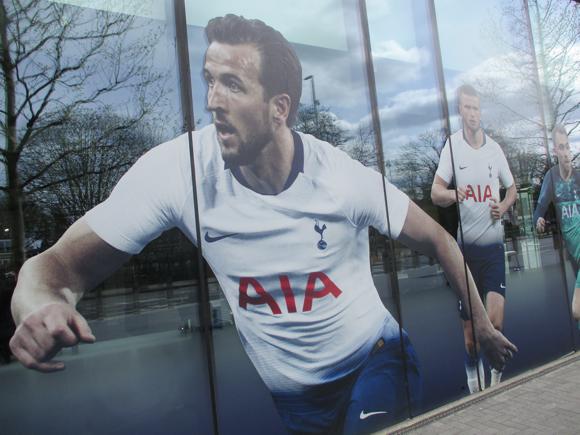

While Conte was explicit in his criticism of the club’s lack of ambition, the decision of lifelong Tottenham man Kane spoke volumes. The leap by bitter local rivals Arsenal to title contenders in 2022-23 exposed Spurs as poorly run underachievers hanging on to Harry Kane’s coattails for any kind of European qualification. The stadium, meanwhile, earns huge praise but its repayment takes the lion’s share of the club’s considerable debt.
Traditionally, Spurs have had the dazzle to win cup trophies, a dozen or more times in fact, but have only twice shown the endurance needed to win the title.
Based at White Hart Lane from 1899, shortly before the first of eight FA Cup victories, Spurs needed half-a-century to win the league. Under Tottenham-born Arthur Rowe, a team playing ‘push and run’ became First Division champions in 1951.
A second league crown came with the legendary double side of 1960-61. Half-backs Danny Blanchflower and Dave Mackay were then joined by goal-poacher supreme Jimmy Greaves, and Spurs became the first British club to win a European trophy in 1963. Under revered manager Bill Nicholson, a star of the 1951 side, they also claimed two more FA Cups that decade, plus two League Cups and an inaugural UEFA Cup in the early 1970s.
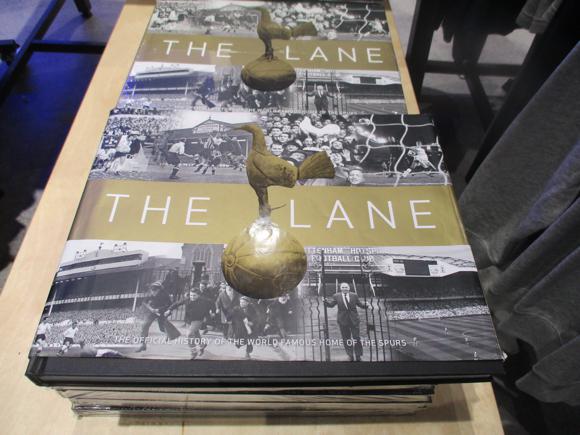



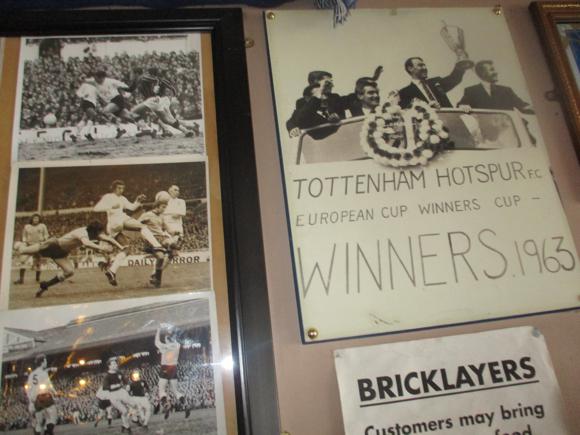
On the recommendation of iconic centre-forward Martin Chivers, Spurs took on schoolboy apprentice Glenn Hoddle. The definitive Tottenham player – a clever if slight attacking midfielder – Hoddle bloomed under progressive coach Keith Burkinshaw. Having bravely signed Argentines Ossie Ardiles and Ricky Villa, Spurs sparkled, winning the cup in 1981 and UEFA Cup in 1984.
The next cup win came in 1991 with the next big signing, Paul Gascoigne, soon bound for Lazio. Managers came and went, including Ardiles and Hoddle, but it wasn’t until Harry Redknapp arrived that Spurs looked like putting in a credible title challenge.
After the League Cup Final win of 2008 under Juande Ramos, Spurs lost Dimitar Berbatov and Robbie Keane, and struggled in the league. In stepped wily fox Harry Redknapp for Spurs to climb the table, and make another League Cup final, only to lose to Manchester United on penalties.
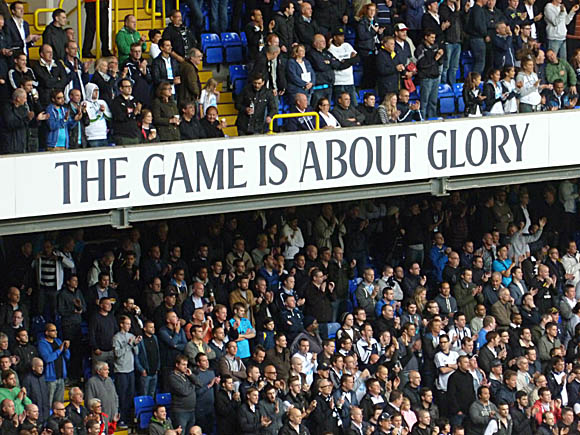
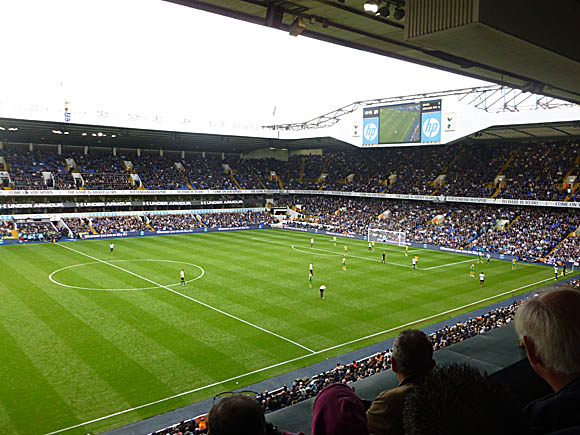

With the return of Keane and fellow striker Jermain Defoe, the signing of midfielders Rafael van der Vaart and Luka Modrić, and Redknapp’s conversion of swift young Welsh star Gareth Bale from full-back to winger, Spurs took serious aim at a Champions League spot. The breakthrough came in 2010, the first of several dramatic European nights beginning with a play-off win over Young Boys Berne.
Bale stepped onto the world stage with his second-half hat-trick at the San Siro against Internazionale, his performance no less impressive in Tottenham’s 3-1 destruction of the trophy holders at White Hart Lane. Spurs topped their group but were drawn against AC Milan in the next round. A surprise 1-0 win at the San Siro set up a quarter-final tie with Real Madrid, who proved too strong.
Failure to qualify for the Champions League in 2011, with Chelsea qualifying as holders, eventually led to Redknapp being replaced by André Villas-Boas. An inconsistent first season, overshadowed by the on-off sale of Bale, preceded a major foray into the transfer market in the summer of 2013.
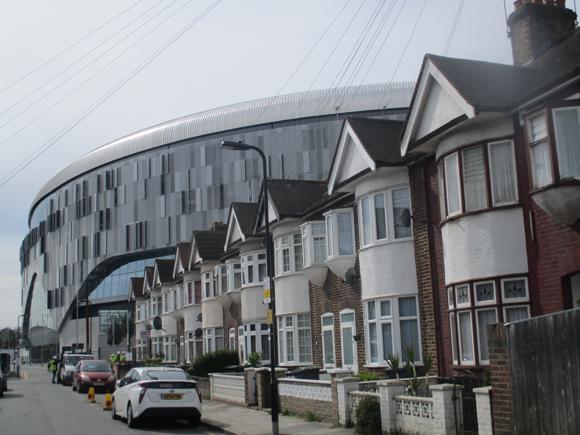
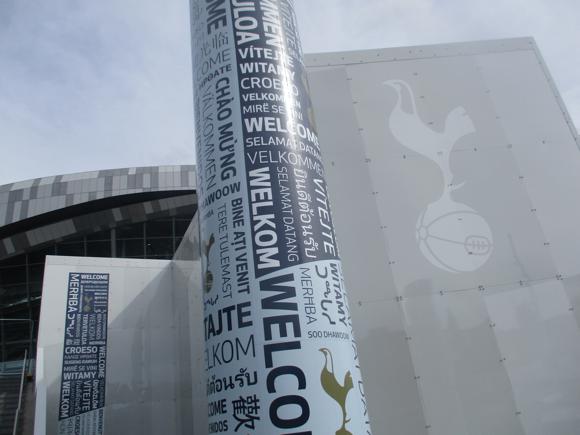
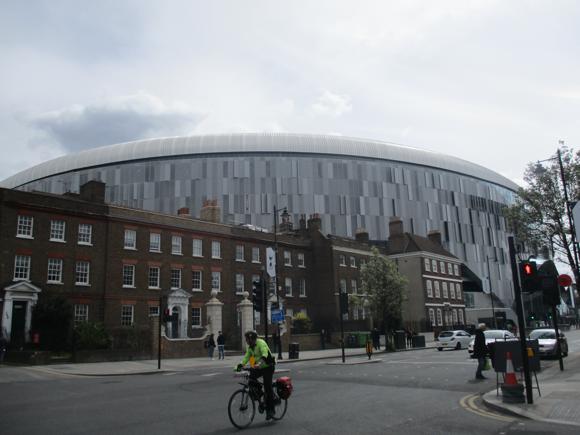
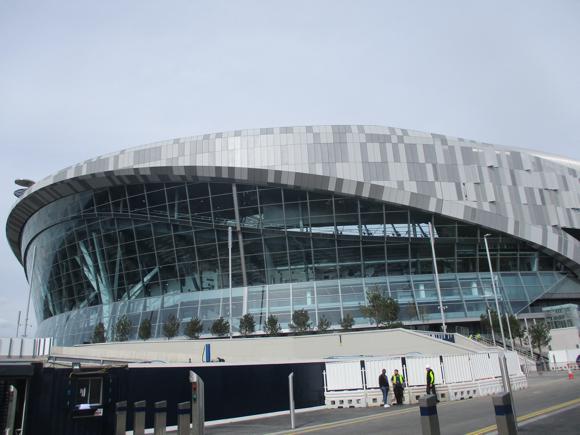
Players bought with the proceeds of Bale’s €100-million move to Real Madrid failed to reverse the trend or keep Villas-Boas at Spurs either. What did light up White Hart Lane was Harry Kane, who exploded in 2014-15 with a 30-plus goal tally, rewarding incoming manager Mauricio Pochettino for putting his faith in youth.
As the legalities and logistics of the club’s new stadium dragged on, White Hart Lane became an exciting place to be, Kane and Dele Alli taking centre stage. Coming within an agonising point of beating Arsenal to second place in 2015-16, Tottenham still won over many a neutral with their swashbuckling style. Spurs provided nearly a quarter of the England squad at Euro 2016.
At last bettering Arsenal but still without the ultimate clout to overcome Chelsea, Tottenham were worthy runners-up in 2016-17, a first since 1963. Spurs then lit up the Champions League. Victory over champions Real Madrid and a narrow defeat to Juventus in front of 80,000-plus at Wembley were occasions on a par with the classic European nights of the early 1960s. Kane, Alli and classy Danish teammate Christian Eriksen also turned in decent performances at the 2018 World Cup.
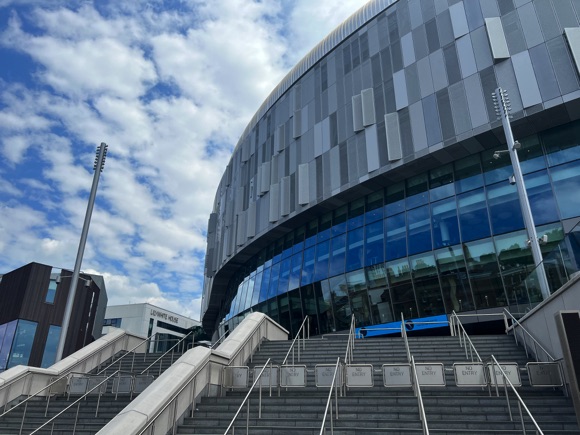



Meanwhile, construction of the new stadium lumbered on, the expected opening for the 2018-19 season put back until the spring. Based at Wembley for most of the campaign, Spurs scored vital late goals against PSV Eindhoven, Internazionale and Barcelona to pip the Italians to a knock-out berth in the Champions League after a tricky start.
Having grabbed the crucial equaliser at the Nou Camp, Brazilian international Lucas Moura then made history with a simply extraordinary hat-trick at Ajax in the semi-final. Coming the night after Liverpool’s equally astounding victory over Barcelona, the feat lifted the whole Champions League from its moribund, money-spinning stasis. This was pure, once-in-a-lifetime football drama.
The final wasn’t. Played at Atlético Madrid’s Wanda Metropolitano of relatively modest capacity, the game failed to ignite after Liverpool converted a very early penalty. The fact that solid Liverpool centre-back Virgil van Dijk was elected man of the match, on a pitch graced by Harry Kane, Christian Eriksen and Mohamed Salah, sums up the occasion.


A poor start in 2019-20 led to the ill-advised sacking of Mauricio Pochettino, the revered Argentine having weathered the storm of the new stadium construction and taken Spurs to unprecedented heights in modern times. Worse, his replacement was José Mourinho, his team dull and inconsistent.
Against a background of Harry Kane’s on-off-off move to Manchester City, Nuno Espirito Santo stepped in as manager but was swiftly replaced by Antonio Conte as Spurs aimed for a return to the Champions League.
This he achieved, even making the knock-out stage, but the dying minutes of the home leg with Milan, the tie still balanced at only 0-1 to the Italians, saw thousands of fans heading for the exits, convinced that their ten-man team could never level the scoreline. Conte’s days were numbered.
Another Kane departure saga clouded the start of the 2023-24 campaign as Greco-Aussie Ange Postecoglou arrived from Celtic with a proven track record as manager – but untested in the big leagues. Inheriting the captaincy, Son Heung-Min looked to step out of Bayern-bound Kane’s shadow in his ninth season in a Spurs shirt but the squad lacked the class and strength in depth needed to sustain an unbeaten league run beyond October.





Ground Guide
The field of dreams – and the story behind it





The Tottenham Hotspur Stadium – its name until the right sponsor can be found – is now the second-biggest in the Premier League, with a significant 1,500 more seats than Arsenal’s Emirates opened more than a decade before.
It’s also very, very impressive indeed, an exterior of sleek shades of grey embossed with cockerels and embellished with huge LED screens, an interior of spacious intimacy and that significant 62,850 capacity. And all under a stylishly sweeping roof topped by a cockerel, a larger replica of the one at White Hart Lane.
Yes, it took at least a season longer than it should have done and, yes, estimates of its overall costs spiral closer to £1 billion than originally estimated £350 million – and yes, White Hart Lane is still dearly missed.





But with Spurs now regular competitors in Europe and average league gates hovering above 61,000, these figures will pale into history, much like Highbury, in seasons to come, seasons in which Chelsea’s plans for Stamford Bridge still sit in the blueprint stage and West Ham only just coming to life in Stratford.
The stadium is also used as a year-round facility, its Skywalk a huge attraction, along with its Formula 1 karting track below. Rugby, boxing, NFL and big-name concerts, they’re all held at this venue that will co-host Euro 2028.
Inspired by Borussia Dortmund’s famed Yellow Wall, the home end is the 17,500-capacity South Stand, the largest single-tiered one in the country. Up to 3,000 visiting supporters can be accommodated in a lower corner of the North Stand nearest the East Stand, through Gates 11-12 on the corner of Worcester Avenue.
Note also that the away sector, blocks 114-118, is designated as safe standing, although visiting clubs are offered the option of using block 118 for those who prefer to sit. As for home fans, rows 1-29 and 71-82 of the South Stand (blocks 248-252, 254, 256-260, and 323-324, 451-453) are the allocated sectors for standing supporters.





Both the East Stand and main West Stand, its façade looking out towards Tottenham High Road, are four-tiered affairs, the thin middle ones catering to corporate guests. Which is not to say that the place doesn’t create serious noise – with no open corners, the acoustics are superb, a genuine Tottenham Sound some 60 years after the Dave Clark Five.
Illumination is provided by the 324 LED lights lining the roof – although the walk up from White Hart Lane station past the rows of semi-detacheds might resemble something out of the 1960s, it’s not a case of following the floodlights but appreciating the juxtaposition of something so strikingly contemporary planted in everyday N17.
Note that security is almost airport-strict, with metal detectors and tight regulations on what you can bring in – nothing bigger than A4-sized, with no left-luggage facility available.
getting here
Going to the ground – tips and timings


On match days, extra trains are laid on the line serving White Hart Lane rail from Liverpool Street (25mins) or Seven Sisters (5mins). From WHL station, head right down the main road of White Hart Lane – the stadium is at the end, across the road.
As the station is jam-packed with Spurs fans, visiting supporters are advised to use Northumberland Park, one stop (2mins) from Tottenham Hale, on the main line from Liverpool Street and Stansted Airport.
From the station, cross over and walk straight down Park Lane to the same side of the ground as the away end. Allow 10mins.
By bus, from Seven Sisters bus stop E, you can also take the 149, 249, 279 or 349 up Tottenham High Road, allow 15mins.
The sat nav code for the Tottenham Hotspur Stadium is N17 0BX but there is no parking within a mile radius of the ground on match days. One roundabout solution might be to use the council-run multi-storey car park at Bury Road (N22 6JA), followed by 10min walk towards Wood Green to Redvers Road, then jump on a regular W3 bus for 10mins to White Hart Lane – but it’s a faff. Parking fees are £2.53/3hrs, £4.07/4hrs, £1.21 all day Sun, free bank hols. For other parking options in the borough, see the Haringey Council website – note that there’s a mile ring around the stadium of residents’ parking only on match days.
getting in
Buying tickets – when, where, how and how much

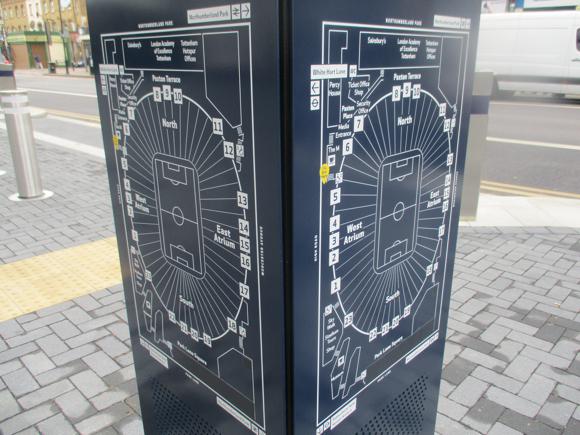
One Hotspur membership guarantees priority when tickets go on sale six to seven weeks before each match, One Hotspur + (£60, £55 by direct debit/season) a day earlier than One Hotspur (£50, £45 by direct debit/season). There are also memberships for under-18s (priority £30/£25, access £25/£20).
The club also offers Premium Seats in the East Stand, a match-day package that includes snacks and a drink at half-time, for £299-£449, depending on the opposition, with other hospitality options available.
For ticket availability, see here. The club runs a Ticket Exchange scheme for season-ticket holders to sell on their seat for one match to members.
For all enquiries, the club suggests you use the Ask Spurs online contact service.
Ticket prices are divided into three match categories, A-C, averaging around £60-£65 for the visits of the Manchester clubs, three key London ones and Liverpool. Seniors and under-18s are charged around half, under-22s about £12-£15 cheaper. Adult prices drop to an average of £50-£55 for category B games, £40-£45 category C.
Away ticket prices for league fixtures are set at £30 (£22.50 for under-22s, £19 for over-65s, £17 to under-18s), visiting supporters placed in sections 114-118 of the North-East Corner, entrances 11-12 via Worcester Avenue.
what to buy
Shirts, kits, merchandise and gifts


All major clubs have megastores. Spurs have The Tottenham Experience (Mon-Sat 9.30am-5.30pm, Sun 11am-5pm, match days vary) , the largest of its kind in the country, where the High Road meets Park Lane. Impressive gifts include The Lane (£30), a beautifully presented documentation of Tottenham’s old ground, and The Spurs Shirt, a history of the kit.
A series of retro shirts runs from the top worn for the 1981 and 1991 cup finals to that lurid away kit from 1995-96. Maybe purple and navy wasn’t such a bad idea after all.
For 2024-25, the home shirt is white with navy sleeves and collar. Change strip is thin stripes of light blue in alternating tones, navy collar and cuffs.
STADIUM Tours & skywalks
Explore the ground inside out and from on high
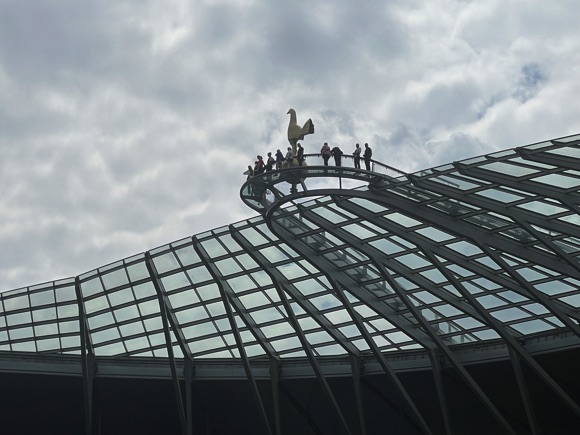

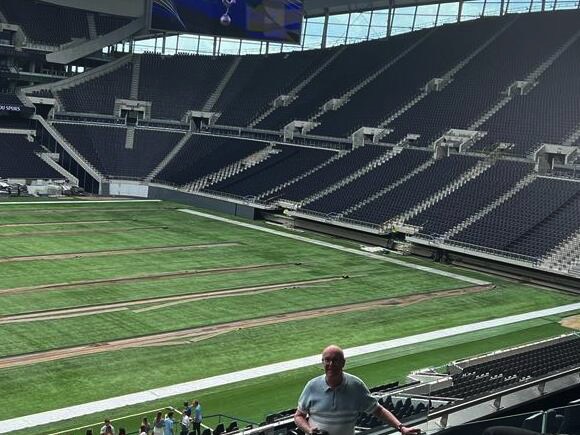


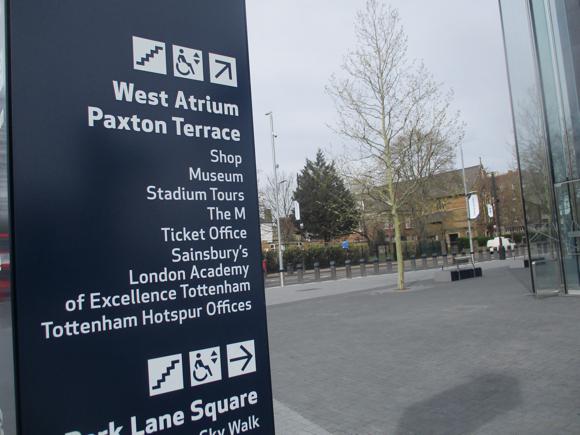
Self-guided tours (£35, £15 children) in 11 languages take place most days every 15mins between 10am, last entry 4.30pm, and run for 90mins. Meeting point is the Spurs Shop. See availability here.
There are also match-day tours, which sell out fast, and cost £55, 4-15s £45, and Legends Tours, led by iconic Spurs figures such as Martin Chivers and Gary Mabbutt. These last for 2.5hrs including a Q&A session, and have an across-the-board price of £66, no child discounts.
Unique to the Tottenham Stadium is the Dare Skywalk (£45, 8-17s £36), its name echoing the club motto (whoever thought of this, take a bow). An observation platform set around the cockerel 47 metres above the pitch, it provides panoramic views over the London skyline, with twilight climbs also available. Visits can also be combined with a stadium tour.
Daytime visits take place at roughly the same times as the regular stadium tours, every 15mins, the afternoon schedule extending for the Skywalk in the lighter months.
For the whole enchilada, the Dare Skywalk Edge entails you clipping yourself to a harness and a zip wire like Tom Cruise and experiencing a controlled descent for 42 metres down to the south podium. Descents take place at weekends – add ‘The Edge’ (£72, 12-17s £63) when booking the regular Dare Skywalk. Minimum age limit is 12.
The Spurs Museum, scheduled a long while back, is still not yet a reality – fans share memorabilia tips in a private Facebook group.
Where to Drink
Pre-match beers for fans and casual visitors







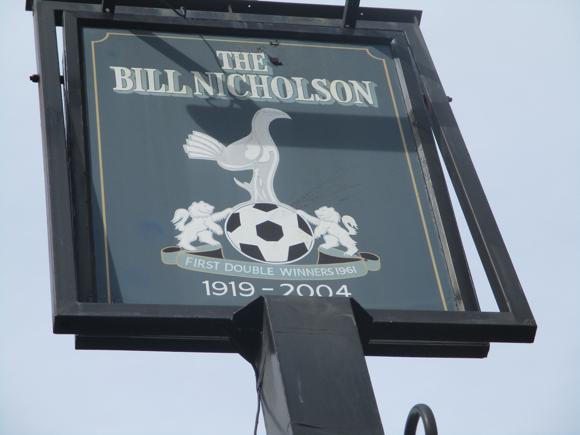



The pubs around the stadium are for home supporters and visiting neutrals only. Almost opposite the ground on the High Road, the Bricklayers Arms shows plenty of evidence of visits by supporters groups from Seattle, Minnesota and all parts of Norway, as well as an impressive collection of old programmes on a back wall by a large TV screen.
Slightly further from the ground, the Coach & Horses (862 High Road), the Gilpin’s Bell 200 metres away and, off the High Road on Northumberland Park, the Bill Nicholson, all feature Blanchflower-era iconography.
Once also a hostel and now a lively hostelry, No.8, right by the stadium, is a Spurs-themed pub, with a beer garden and kitchen. Next door, the Beavertown Corner Pin is the funky outlet for the local craft brewers whose ales are also served inside the stadium. They do food, too, plus a match-day menu, when it’s admission for Spurs ticket-holders only.


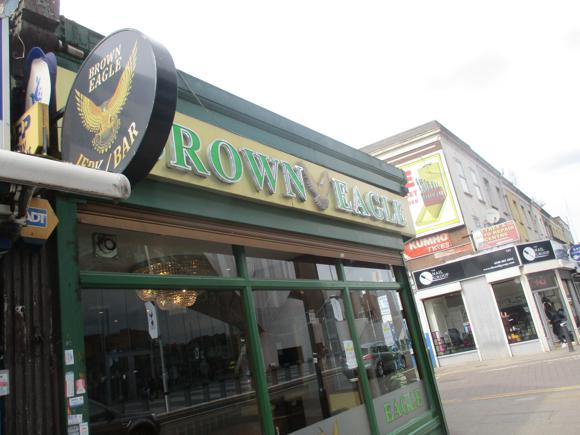

Visiting supporters can enjoy a pre-match pint at the community-owned Antwerp Arms by a pretty park on Church Road – from White Hart Lane station, turn left, then first left down Beaufoy Road until the end, allow 10-15mins. For the stadium, walk 10min down Church Road. The Antwerp shows its Tottenham allegiance with archive newspaper cuttings and a rare programme from the 1962 Charity Shield at Portman Road. It’s also CAMRA-recommended.
Some away fans prefer to do their drinking at the Hamilton Hall Wetherspoons pub right by Liverpool Street station, then board their train to the ground.


Various pre-match eateries also surround the stadium, such as the Brown Eagle Jamaican restaurant at 741 High Road and Spur Turkish grill at No.773.
The many outlets around the ground operate with cashless cards and touch-in purchases only. The Touchline Grills and Tap Inns do not only serve Heineken, Amstel and Strongbow cider, but craft ales from the nearby Beavertown Brewery.





